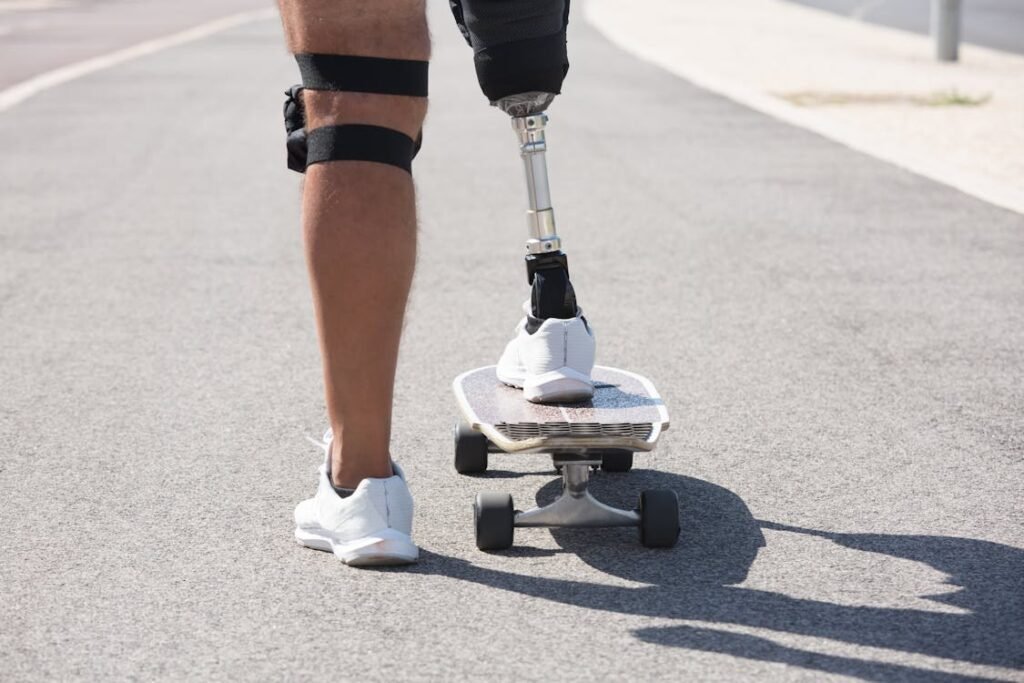Sports prosthetics are more than just tools; they are gateways to a world of possibilities. For athletes with limb loss, these advanced devices provide the opportunity to perform at their best, pushing boundaries and achieving remarkable feats.
However, to unlock their full potential, sports prosthetics must be properly maintained. Care and attention ensure that these devices stay reliable, durable, and ready to match the athlete’s every move.
Whether you’re a professional athlete or someone exploring sports for fun, knowing how to maintain your prosthetic is crucial. This guide will walk you through everything you need to keep your sports prosthetic in top condition, from daily care to long-term strategies.
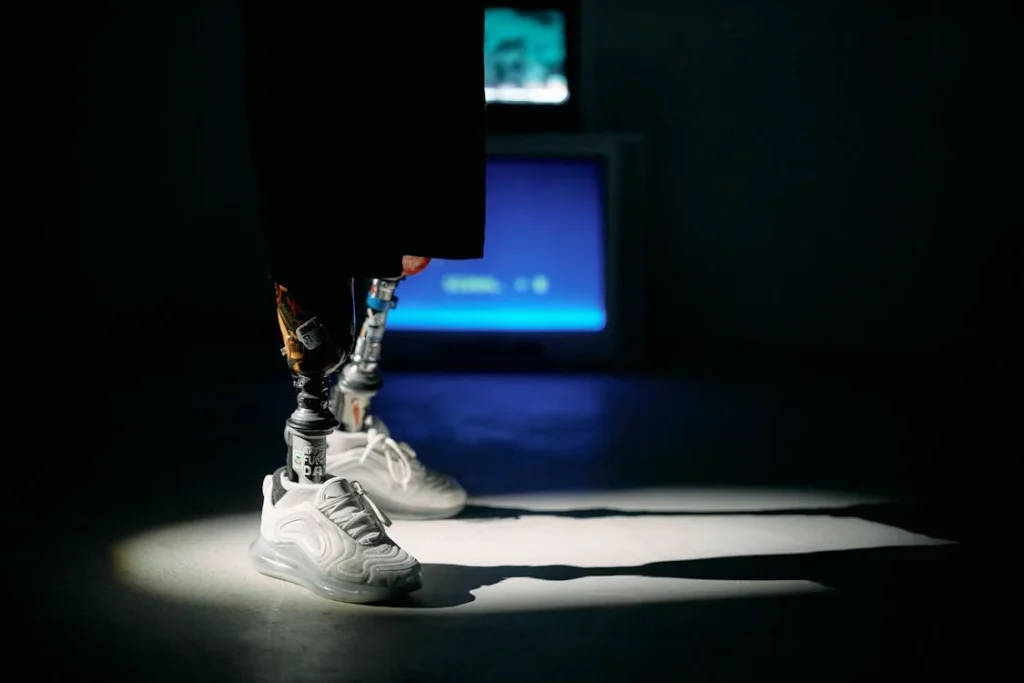
Why Maintenance Matters
Sports prosthetics are marvels of engineering, designed to deliver unmatched performance, adaptability, and resilience. However, their ability to perform at high levels depends significantly on consistent and thorough maintenance.
Without proper care, even the most advanced prosthetic can underperform, limiting an athlete’s potential and, in some cases, increasing the risk of injury.
Maintenance isn’t just about preserving the device—it’s about ensuring the wearer experiences peak functionality and comfort, day after day.
Maintaining Precision for Optimal Performance
Sports prosthetics are built with precision, combining advanced materials and technology to mimic natural movements. Every joint, hinge, and connector is calibrated to respond instantly and efficiently to an athlete’s demands.
When dirt, moisture, or wear interfere with these components, the fine-tuned performance begins to degrade. A clean and well-maintained prosthetic allows every movement to feel fluid and predictable, giving athletes the confidence to focus solely on their sport.
Moreover, high-performance prosthetics often rely on intricate mechanisms and sensors to adapt to different terrains or motions. Regular maintenance ensures these systems remain sensitive and accurate, enhancing the prosthetic’s responsiveness and minimizing lag.
Athletes who prioritize upkeep are better equipped to handle the dynamic challenges of their sports, whether it’s rapid directional changes, sprints, or endurance activities.
Enhancing Durability for Long-Term Savings
Investing in a sports prosthetic is a long-term commitment, and maintenance plays a key role in protecting that investment. Without proper care, components may degrade faster, leading to more frequent replacements or costly repairs.
A simple routine of cleaning and inspection can significantly reduce the risk of long-term damage, ensuring the prosthetic remains reliable and durable for years.
Durability is particularly crucial for athletes who train extensively or compete at professional levels. High-intensity use naturally accelerates wear and tear, but maintenance slows this process.
Athletes who take the time to care for their prosthetic are less likely to encounter unexpected failures or performance issues during critical moments, such as competitions or training milestones.
Protecting the User’s Health
Maintenance isn’t just about the device; it directly impacts the user’s physical health. A poorly maintained prosthetic can lead to skin irritation, pressure sores, or even musculoskeletal issues caused by misalignment or improper fit.
Sweat and bacteria buildup can exacerbate these problems, turning minor discomfort into serious complications.
Regular cleaning and inspection create a hygienic and safe interface between the residual limb and the prosthetic, allowing athletes to focus on their sport without unnecessary pain or distractions.
A Strategic Advantage in Competitive Sports
For athletes, every fraction of a second and every ounce of effort counts. A well-maintained prosthetic can be the difference between winning and losing.
Consistent care ensures that the device delivers maximum efficiency and reliability during competitions. Athletes who prioritize maintenance gain a strategic edge, knowing their prosthetic will perform exactly as expected when it matters most.
Moreover, being attentive to maintenance demonstrates a professional approach to sports. It reflects a commitment to excellence and respect for the tools that enable success.
For those aspiring to compete at higher levels or represent their sport on a global stage, this level of dedication can set them apart.
Building Confidence and Independence
A well-maintained prosthetic is one that blends seamlessly with the athlete’s body and movements, fostering a sense of confidence and independence.
When athletes trust their prosthetic to perform flawlessly, they are free to push their limits without hesitation. Maintenance creates this trust, ensuring that the device remains a reliable partner in achieving personal and professional goals.
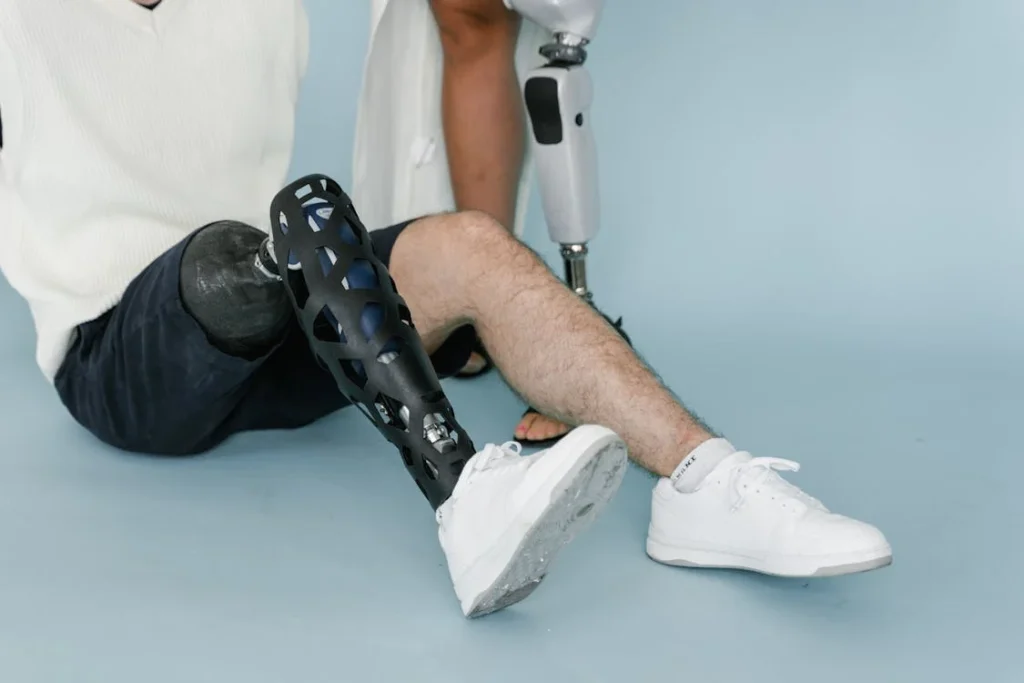
Understanding Your Sports Prosthetic
A sports prosthetic is more than a mechanical device—it’s a finely tuned instrument engineered to complement the dynamic demands of athletic activity.
Every component, from the socket to the terminal device, is designed with a specific purpose to enhance performance, comfort, and control.
To maintain and maximize the potential of your prosthetic, it’s essential to understand how these components work together as an integrated system.
The Role of Advanced Materials
Sports prosthetics are crafted using advanced materials chosen for their unique properties. Lightweight materials like carbon fiber provide the strength and flexibility needed to endure high-impact activities without adding unnecessary weight.
Silicone liners and soft padding create a comfortable barrier between the residual limb and the socket, reducing friction and preventing discomfort during extended use.
These materials, while robust, require care to preserve their performance. For example, carbon fiber, while resistant to stress, can weaken over time if exposed to harsh chemicals or extreme conditions.
Understanding the strengths and vulnerabilities of the materials used in your prosthetic allows you to take preventive measures to avoid damage.
The Importance of the Socket
The socket is the foundation of your prosthetic’s fit and functionality. It serves as the critical interface between your body and the device, translating your movements into precise actions.
A well-fitting socket minimizes pressure points, enhances stability, and ensures that the prosthetic feels like a natural extension of your body.
Properly caring for the socket is vital, as even minor changes in its condition can impact your comfort and performance. Sweat and moisture buildup can degrade the liner, while dirt can lead to skin irritation or infections.
Regular cleaning and attention to the socket’s condition not only improve your experience but also help maintain your physical health.
Joints and Pylons: Balancing Mobility and Stability
Joints and pylons form the core of a sports prosthetic’s structural integrity. Joints provide flexibility, mimicking the natural movements of human anatomy, while pylons ensure stability and balance.
These components are subjected to constant stress during athletic activities, requiring regular inspection and maintenance to prevent issues such as looseness or misalignment.
For prosthetics with mechanical joints, smooth operation is essential for maintaining fluidity in motion. Any stiffness, grinding, or unusual noise can indicate wear that needs immediate attention.
For devices with microprocessor-controlled joints, maintaining the electronics and sensors is equally crucial, as even small malfunctions can disrupt functionality.
Terminal Devices: The Heart of Athletic Performance
The terminal device—whether a running blade, a specialized hand, or an all-terrain foot—is what allows you to interact with the world during sports. These devices are tailored to specific activities, providing the grip, spring, or flexibility needed to excel in your chosen sport.
Understanding the unique demands placed on your terminal device helps you optimize its performance. For instance, a running blade must maintain its elasticity and alignment to deliver the right level of propulsion, while a prosthetic hand used for activities like tennis or climbing needs precise grip strength and dexterity.
Being aware of these requirements ensures you can identify changes in performance early and take appropriate action.
Integration of Technology
Modern sports prosthetics often incorporate advanced technology, such as microprocessors, sensors, and connectivity features. These systems allow the prosthetic to adapt to changing conditions, providing real-time feedback and adjustments for optimal performance.
For example, some devices use gyroscopes and accelerometers to fine-tune stability during high-speed or uneven movements.
Understanding how these technologies function and how to maintain them is critical. Regular software updates, proper charging routines, and keeping electronic components free from moisture and dust all contribute to the longevity of the prosthetic.
By staying informed about the technology in your device, you can ensure it continues to perform reliably under all conditions.
Partnering with Experts
Understanding your sports prosthetic also means knowing when to seek expert advice. Prosthetists play a crucial role in educating users about their devices, providing adjustments, and addressing any concerns.
Routine check-ups with a professional help maintain the prosthetic’s fit and performance, preventing issues before they escalate.
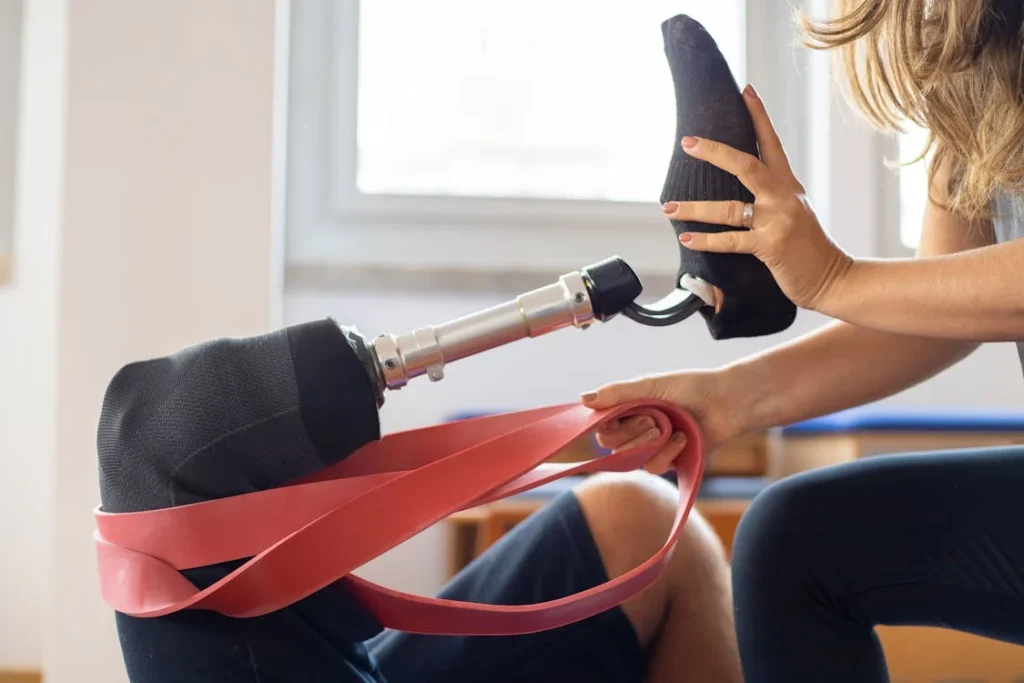
Daily Care Practices
Daily care for your sports prosthetic is the cornerstone of its performance and longevity. This routine maintenance not only keeps your prosthetic functioning optimally but also ensures your comfort and safety during use.
By dedicating a few minutes each day to cleaning, inspecting, and maintaining your device, you can prevent long-term issues and enhance your overall experience.
Prioritizing Hygiene for Comfort and Health
One of the most critical aspects of daily prosthetic care is maintaining hygiene. Throughout the day, sweat, dirt, and bacteria can accumulate on the prosthetic socket and liner, creating an environment that may irritate the skin or lead to infections.
Cleaning these areas every evening with mild soap and warm water removes residue and prevents the buildup of harmful microbes.
It’s essential to let the socket and liner dry thoroughly before use. Moisture trapped inside the prosthetic can compromise the fit, lead to skin problems, or create unpleasant odors. If you live in a humid environment, consider using a soft, lint-free cloth to dry the socket completely.
By prioritizing hygiene, you not only protect your skin but also ensure that your prosthetic remains comfortable to wear throughout the day. This is especially important for athletes, whose activities often involve extended periods of physical exertion.
The Role of Inspections in Early Detection
Daily inspections are your first line of defense against potential issues with your prosthetic. While your device may appear sturdy, minor damage or wear can occur from regular use, especially during sports activities.
Each evening, take a close look at all visible components of your prosthetic.
Pay special attention to areas that experience high stress, such as joints, fasteners, and terminal devices. A small crack or loose screw may not seem like a significant problem, but it can worsen rapidly if left unaddressed.
Catching these issues early allows you to take corrective action before they affect the device’s functionality.
Inspecting the socket is equally important. Look for signs of wear in the liner or padding, such as thinning or tears, which can compromise your comfort and the prosthetic’s fit.
This simple practice not only ensures the device remains functional but also helps you avoid discomfort or injuries caused by worn-out components.
Protecting Electronic Components
For sports prosthetics with integrated electronics, daily care should extend to protecting these sensitive systems. Sweat and dust are common culprits that can interfere with electronic components, reducing their performance over time.
Wipe down external sensors, charging ports, and control panels with a dry microfiber cloth after each use to remove any debris.
Charging the prosthetic’s battery regularly is another important part of care. Ensure the charging port is free of dirt and moisture, and use only the charger recommended by the manufacturer.
By following these steps, you can maintain the reliability of the electronic systems and prevent unexpected malfunctions.
Enhancing Fit and Comfort
Your daily routine should also include checking the fit of your prosthetic. A good fit is crucial for both comfort and performance, and small changes in your residual limb or prosthetic can affect this.
If you notice discomfort, slipping, or pressure points, take note and consult your prosthetist as soon as possible.
It’s also helpful to pay attention to the alignment of your prosthetic, as even slight misalignments can cause uneven wear or discomfort during use. While professional adjustments are often necessary, being aware of these changes allows you to address them before they escalate.
Creating a Habitual Routine
Incorporating these practices into your daily routine doesn’t need to be time-consuming. A few minutes of focused care at the end of each day can save you from costly repairs and disruptions to your activities in the future.
The key is consistency—making daily care a habit ensures that your prosthetic is always ready for use.

Periodic Checks for Optimal Performance
While daily care ensures your sports prosthetic remains functional, periodic checks take maintenance to a deeper level, helping identify subtle issues that might not be immediately visible.
These checks are an opportunity to fine-tune your device, ensuring it delivers optimal performance under the demands of athletic activity. A proactive approach to periodic inspections can significantly extend the life of your prosthetic and enhance its usability.
The Science of Wear and Tear
Every prosthetic experiences wear and tear, but the way this manifests varies depending on the sport, frequency of use, and environmental factors.
High-impact activities like running, basketball, or soccer place stress on joints, pylons, and terminal devices, causing gradual degradation.
Sports involving varied terrains, such as trail running or hiking, can accelerate wear on components due to friction and exposure to dirt and moisture.
Periodic checks allow you to assess how these factors are affecting your prosthetic. For example, small changes in the flexibility of a running blade or reduced stability in a joint can indicate early signs of wear.
Identifying these changes ensures you can address them before they evolve into significant problems, keeping your prosthetic ready for peak performance.
Monitoring the Alignment and Fit
Alignment is a critical aspect of a prosthetic’s functionality, directly impacting the user’s comfort, balance, and performance.
Misalignment can occur gradually due to wear or changes in your residual limb, often going unnoticed until it causes discomfort or affects mobility. Periodic checks allow you to monitor alignment and make necessary adjustments.
A prosthetist can use specialized tools to ensure the alignment meets your activity needs, optimizing your device for both efficiency and comfort.
This process also involves assessing the fit of the socket, as even minor changes in your residual limb can affect how the prosthetic feels and performs. Regular evaluations help maintain a secure and comfortable fit, preventing issues like skin irritation or uneven pressure distribution.
Assessing the Integrity of Components
Periodic checks focus on the structural integrity of key components. Joints, pylons, and fasteners are often subject to repeated stress, which can cause small cracks, loosening, or deformation.
While these issues may not immediately affect performance, they can worsen with continued use, potentially leading to device failure at inopportune moments.
Terminal devices, such as running blades or prosthetic hands, also require careful inspection. Their functionality depends on maintaining specific properties, like elasticity for blades or grip strength for hands.
Any deviations from their intended performance characteristics should be addressed promptly.
For prosthetics with electronic components, periodic checks are especially vital. Sensors, actuators, and batteries need to be tested for accuracy and reliability.
Small glitches, such as inconsistent sensor readings or reduced battery life, can affect performance and should be resolved before they escalate.
The Value of Professional Expertise
While daily maintenance can often be handled independently, periodic checks benefit greatly from professional expertise. A prosthetist has the tools and knowledge to perform in-depth assessments, identifying issues that might not be visible to the untrained eye.
They can also perform recalibrations, ensuring your prosthetic functions as intended.
Building Confidence Through Preventive Maintenance
Periodic checks are not just about addressing problems—they are about building confidence in your device.
Knowing your prosthetic has been thoroughly inspected and fine-tuned gives you the assurance that it will perform reliably during critical moments, whether in competition or training.
Preventive maintenance fosters trust in your equipment, allowing you to focus entirely on your performance.
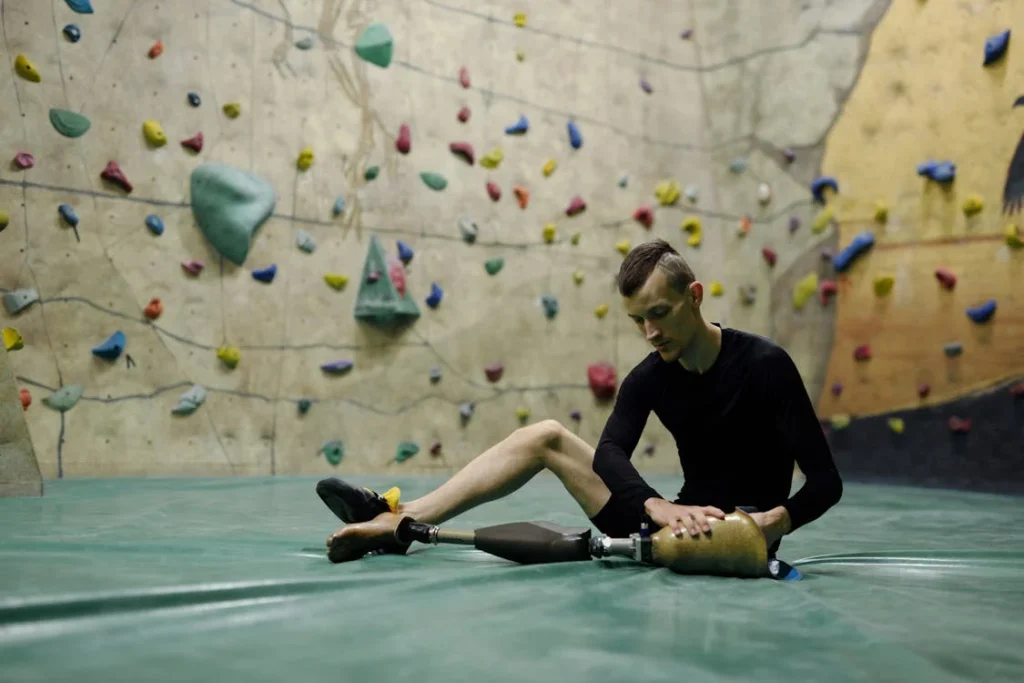
Troubleshooting Common Issues
No matter how advanced or durable your sports prosthetic may be, occasional issues are inevitable. Troubleshooting these problems promptly and effectively is essential to maintaining optimal performance, comfort, and reliability.
Understanding common issues and their underlying causes empowers you to address them strategically, minimizing disruptions to your activities.
Identifying the Root Cause of Discomfort
Discomfort is one of the most frequently reported issues among prosthetic users. It may arise from improper fit, skin irritation, or pressure points caused by changes in the residual limb or the prosthetic socket.
Over time, your limb may adapt to the prosthetic, leading to slight misalignments or uneven pressure distribution.
When discomfort occurs, the first step is to carefully examine the socket and liner. Look for signs of wear, such as thinning padding or damaged materials, as these can directly impact your comfort.
Regular adjustments by a prosthetist can help address these issues and restore the fit. Additionally, maintaining proper hygiene reduces the risk of skin irritation, ensuring a smooth interface between your body and the prosthetic.
Restoring Stability and Alignment
A common challenge with sports prosthetics is a gradual loss of stability or alignment, particularly in high-impact activities. This can result from wear in joints, loosening fasteners, or even subtle shifts in the prosthetic’s structural integrity.
If you notice instability, start by inspecting the fasteners and joints. Loose screws or bolts can lead to wobbling or reduced control, compromising both safety and performance.
Tighten these components using the appropriate tools, but avoid over-tightening, as this could damage the prosthetic. If the issue persists, professional realignment by a prosthetist may be necessary to restore stability.
Alignment issues can also manifest as uneven wear on the terminal device, such as a running blade or foot. This wear indicates that the device may not be making proper contact with the ground during use, affecting your balance and efficiency.
Correcting alignment ensures that all components work in harmony, enhancing your performance and preventing further wear.
Managing Electronic Malfunctions
For sports prosthetics with advanced technology, electronic malfunctions can be a source of frustration. Problems such as unresponsive sensors, reduced battery life, or connectivity issues can disrupt functionality and limit your ability to perform at your best.
When encountering electronic issues, begin by inspecting the battery and charging system. A low or depleted battery is often the simplest explanation for unresponsive electronics.
Ensure the charging ports are clean and free of debris, and verify that the charger being used is compatible with your device.
If the issue involves sensors or actuators, a software update or recalibration may be required. Many modern prosthetics have diagnostic tools or companion apps that can help identify and resolve problems.
However, for persistent issues, consulting a specialist is the best course of action.
Addressing Performance Degradation
Over time, components such as joints, pylons, and terminal devices can experience performance degradation due to wear and tear. Reduced responsiveness, decreased flexibility, or abnormal noises during use are common indicators.
These signs should not be ignored, as they often point to underlying mechanical issues that require attention.
Begin by closely examining the affected components for visible signs of damage, such as cracks, rust, or deformation. If wear is detected, replacing the damaged parts is usually the most effective solution.
For terminal devices like running blades or prosthetic feet, even slight changes in shape or elasticity can significantly impact performance. Regular replacements ensure you continue to receive the full benefits of your prosthetic’s design.
Knowing When to Seek Professional Help
While many issues can be addressed through basic troubleshooting, some problems require the expertise of a prosthetist. Persistent discomfort, repeated electronic malfunctions, or significant mechanical damage should always be evaluated by a professional.
Ignoring these issues can lead to further complications, affecting both the prosthetic and your overall well-being.
Building Confidence Through Preparedness
Troubleshooting isn’t just about fixing problems—it’s about being prepared and proactive. By understanding the common issues that can arise and how to address them effectively, you build confidence in your ability to maintain your prosthetic.
This confidence translates to peace of mind, allowing you to focus on your sport and trust that your prosthetic will support you every step of the way.
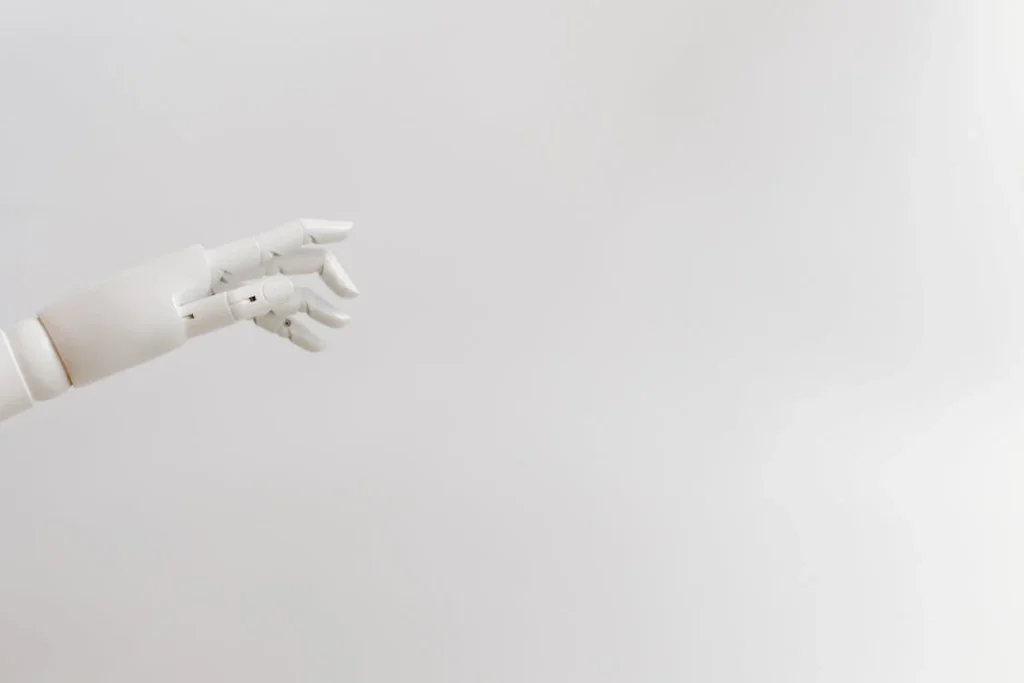
Extending the Lifespan of Your Sports Prosthetic
High-performance sports prosthetics are a valuable investment, not only in terms of cost but also in their role in enabling athletic pursuits. Extending the lifespan of your prosthetic is essential to maximizing its value, functionality, and reliability over time.
Achieving this requires a thoughtful approach that combines regular care, preventive measures, and strategic decisions.
The Impact of Consistent Maintenance
The foundation of a long-lasting sports prosthetic lies in consistent maintenance. Every component of your prosthetic is subject to wear and tear from daily use, particularly during intense sports activities.
By addressing these small, everyday stresses through routine care, you reduce the risk of cumulative damage that could compromise the prosthetic’s performance.
Consistent cleaning prevents the buildup of dirt, sweat, and debris, which can degrade materials and affect mechanical parts. Similarly, periodic lubrication of moving components minimizes friction, ensuring smooth operation and reducing wear.
These small, regular efforts create a significant impact on the longevity of your device.
Choosing the Right Environment
The environment in which you use and store your prosthetic can greatly influence its lifespan. Extreme temperatures, excessive moisture, and exposure to harsh chemicals can weaken materials and disrupt functionality.
Storing your prosthetic in a dry, temperature-controlled area when not in use protects it from these harmful elements.
For athletes engaging in water sports or activities in humid conditions, additional precautions are necessary. Ensuring thorough drying after exposure to water and avoiding prolonged exposure to direct sunlight can help maintain the structural integrity of your prosthetic.
Recognizing When to Rotate Components
Rotating components strategically can help distribute wear more evenly across your prosthetic, reducing the strain on any single part. This is particularly relevant for terminal devices like running blades or specialized feet, which endure significant stress during use.
For example, if you have multiple attachments for different activities, alternate their use based on your training schedule. This not only extends the life of each component but also ensures you’re always using the most appropriate attachment for the task at hand.
Proactive Upgrades and Replacements
Over time, technological advancements can make newer prosthetic components more efficient and durable than those you currently use. Being proactive about upgrades allows you to benefit from these improvements while reducing the risk of relying on outdated parts.
Additionally, recognizing when to replace worn components is crucial for extending the lifespan of the entire prosthetic. Delaying a necessary replacement can cause stress to other parts of the device, potentially leading to more extensive damage.
For instance, a damaged running blade can affect the alignment of the entire prosthetic, accelerating wear on the joints and pylons.
By planning upgrades and replacements strategically, you not only maintain peak performance but also prevent costly repairs or replacements of the entire prosthetic.
Partnering with Professionals for Expert Care
Extending the lifespan of your prosthetic is a collaborative effort between the user and their prosthetist. Regular professional evaluations allow for early detection of issues that might not be visible to the untrained eye.
Prosthetists can also recommend adjustments, upgrades, or maintenance routines tailored to your unique needs and lifestyle.
The Long-Term Benefits of Strategic Care
Investing time and effort into extending the lifespan of your prosthetic yields long-term benefits. A well-maintained prosthetic delivers consistent performance, reduces the likelihood of unexpected failures, and saves you money on repairs and replacements.
More importantly, it allows you to focus on your sport without the distractions of discomfort or technical issues.
Conclusion
Maintaining high-performance sports prosthetics is not just about extending their lifespan; it’s about empowering yourself to achieve your best in every activity. Regular care, proper cleaning, and timely repairs ensure your prosthetic remains reliable and comfortable, no matter the challenges you face. Being proactive in addressing wear and tear, adapting your maintenance routine to your sport, and consulting professionals when needed can make a significant difference in your performance and experience.
At Robobionics, we’re committed to supporting athletes by providing advanced, durable, and easy-to-maintain prosthetic solutions. From routine check-ups to personalized guidance, our services are designed to help you succeed in your journey. Remember, your prosthetic is more than just a tool—it’s an extension of your abilities, a partner in your pursuit of excellence.
Take charge of your prosthetic care today and unlock your full potential. Whether you’re looking for expert advice, innovative designs, or reliable support, Robobionics is here to help. Book a demo or consultation now and experience the difference we can make in your active lifestyle. Together, let’s ensure your prosthetic keeps up with your ambitions.



